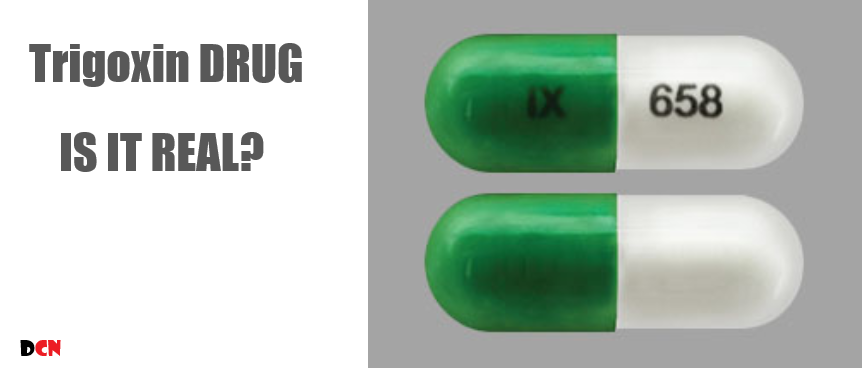
The power of the film as an art form lies not only in its ability to entertain but also in its capacity to inform and influence. From the aspirational realms of science fiction to the dramatic twists of medical thrillers, films have long introduced us to the worlds of hypothetical compounds, including fictional drugs. In the 2020 thriller “Run,” we are introduced to a medication called trigoxin, a central element of the movie’s plot—we’ll explore how such imaginative entities can have profound implications for real-world audiences.
Trigoxin in “Run”: A Fictional Pillar of the Plot
The film “Run” enthralls audiences with a tale of deception, control, and obsession. At its center is a fictional heart medication known as trigoxin, a substance the protagonist is led to believe is critical to her well-being. Within the storyline, trigoxin is pivotal; it’s the conduit through which the caregiver, played by actress Sarah Paulson, exerts a dangerous level of control over her daughter’s life.
The use of a fictional drug like trigoxin in “Run” is not unique. Movies and literature often create new medicines to fit the narrative. Yet, the depiction of trigoxin serves as a poignant example of how fictional pharmaceuticals can both enhance storytelling and, inadvertently, shape public perceptions about health and medicine.
The Power of Fictional Medications
Fictional drugs have been an element of storytelling since time immemorial, from the elixirs of classic novels to the futuristic treatments of science fiction. The allure of these fabricated medications lies in their potential to captivate imaginations and ground fictional worlds in a semblance of medical plausibility.
Consider the multitude of times audiences have witnessed characters cured by the plot-appropriate serum or staved off by the convenient antidote. While these conceits are essential to crafting a compelling story, they sometimes verge on the line of deception when viewers fail to recognize the distinction between fiction and reality.
Discerning the bounds of ethical use of fictional medications is crucial. While these devices can be masterful tools for dramatic tension, the inadvertent dissemination of misinformation may lead to dangerous misconceptions about real medical practices.
Trigoxin’s Connection to Real Medicines
In “Run,” the mention of trigoxin is a creative liberty, inventing a drug for the movie’s needs—a practice common in storytelling. However, it is crucial for audiences to detach the hypothetical nature of such pharmaceuticals from the existence of their real counterparts. The line between educational use of fictional drugs and unintentional propagation of inaccuracy is often thin.
Real heart medications, such as digoxin, carve the path of treatment for a host of cardiac conditions. These medications, which exist beyond the fictive realms, fulfill critical roles in managing heart health, fortifying the cardiac muscle, and regulating heartbeats. The existence of drugs like digoxin underscores the importance of accuracy in media portrayals of medicine and healthcare.
Impact on Viewers and Social Discourse
Awareness of the influence that fictional drugs can wield is where critical audience engagement becomes indispensable. When a movie like “Run” introduces a fictional medication, there’s a canvas of potential misunderstanding upon which viewers may project their preconceived notions about healthcare.
The stakes escalate when the portrayed effects and uses of a fictional drug like trigoxin are mistaken for scientific truth. This elicits a larger conversation about the ethical responsibilities filmmakers and writers carry to represent medical information accurately. Misinformation can lead to misinformed decisions about real health matters, potentially influencing individuals’ attitudes towards seeking legitimate medical help or adhering to prescribed treatments.
Conclusion
The allure of the silver screen, particularly in the realms of health and medicine, compels audiences to consider the role of the media in representing factual information. In the case of “Run” and its fictional drug trigoxin, viewers are reminded to approach medical information presented in works of fiction with a discerning eye and verify it against evidence-based sources.
Storytelling that engages with medical themes carries a responsibility to balance the artistry of narrative creation with the integrity of real-world implications. By understanding the line between fiction and non-fiction, we can appreciate the creative license in film while upholding the accuracy crucial to public health discourse.
Ultimately, the legacy of trigoxin lies not in its status as a concrete entity but as a catalyst for discussion. Its role in “Run” should spark not only cinematic enjoyment but also informed conversations about the intersection of storytelling and societal understanding of medicine. This confluence encourages audiences to be savvier, more engaged consumers of the media they love, and more critically involved in their own health decisions.







